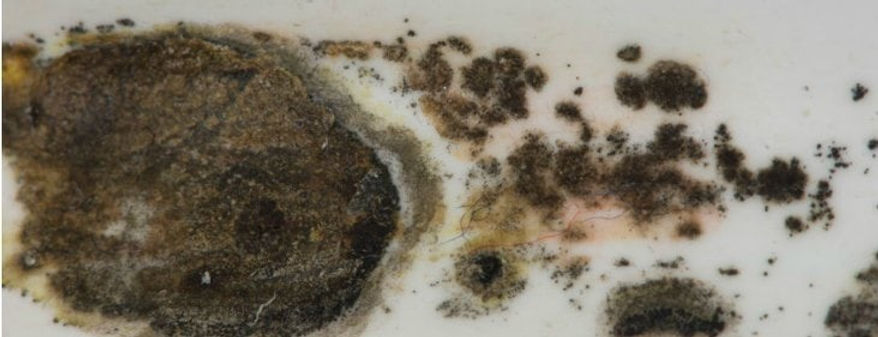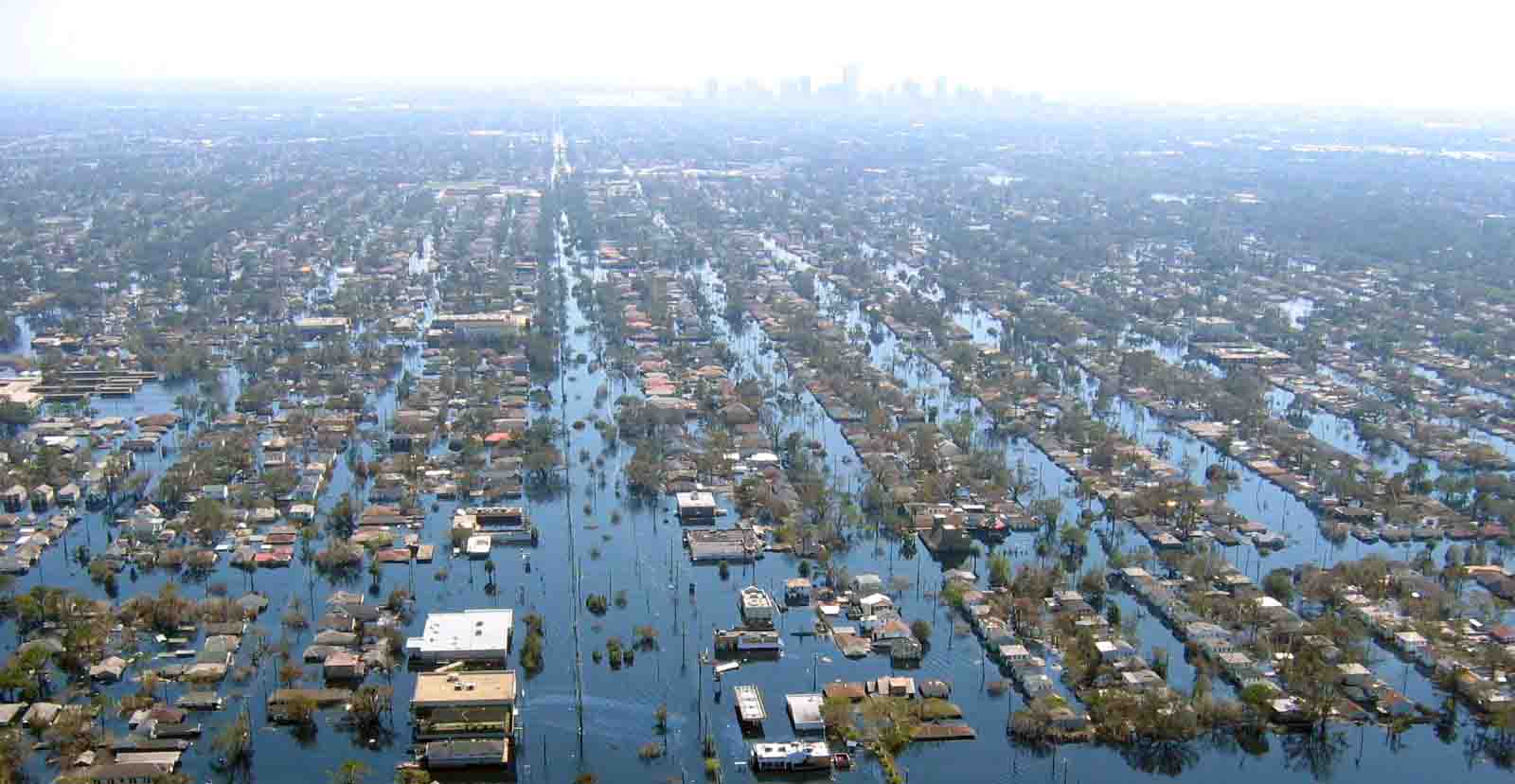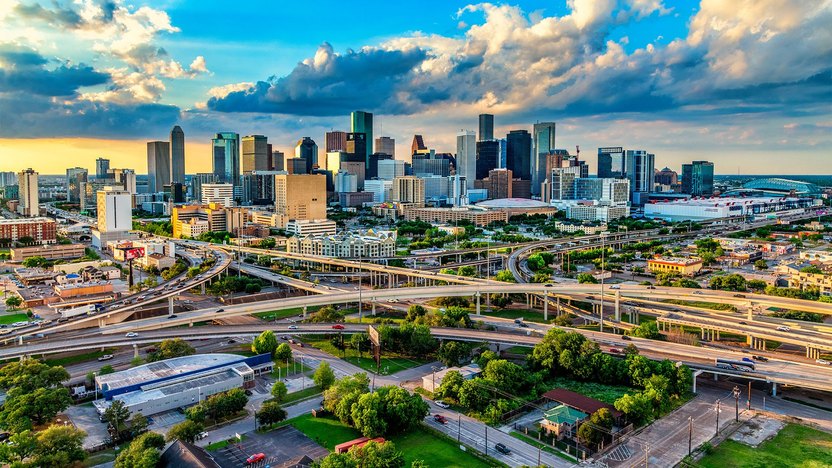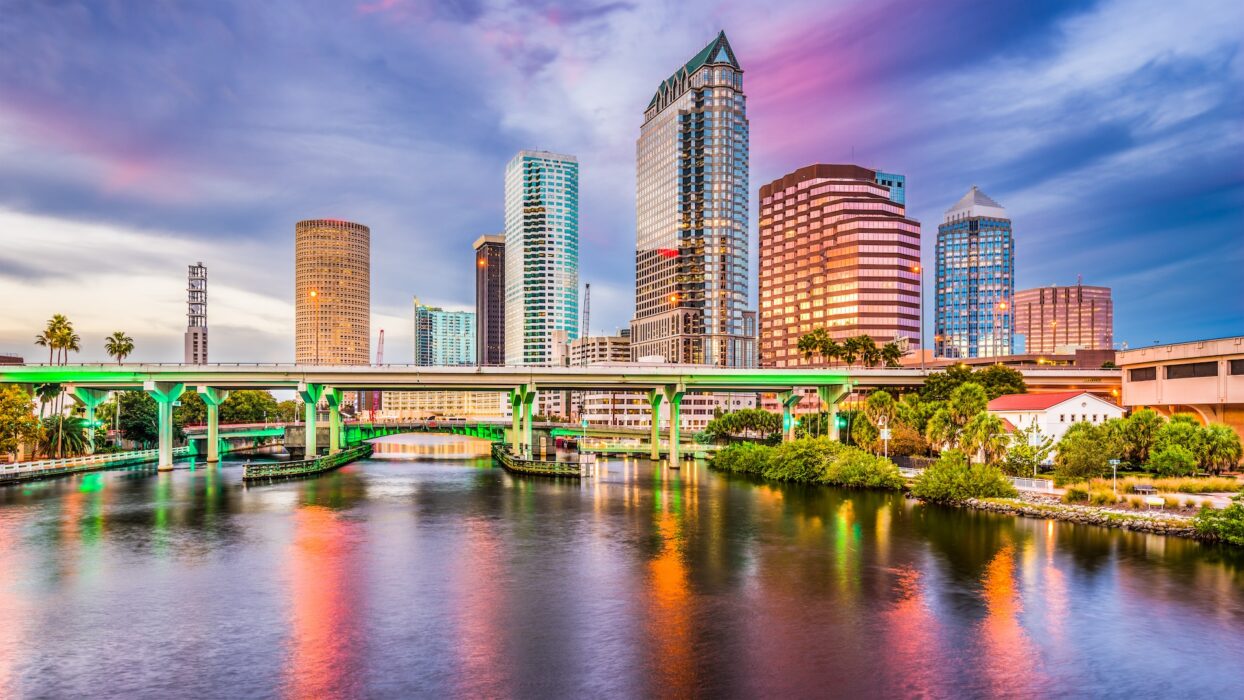
What Causes Mold Problems in Certain Cities?
Humidity, water damage, and poor indoor air quality are the biggest contributors to mold growth. In cities with high levels of moisture—whether from frequent rain, high humidity, or water damage—mold can thrive. Additionally, homes with inadequate ventilation or poorly maintained HVAC systems are at a higher risk of mold growth. Here’s a closer look at the factors that make these cities especially vulnerable to mold problems:
- High Humidity: Mold thrives in environments where humidity levels are consistently above 60%. Cities with high humidity year-round are more likely to experience mold problems.
- Frequent Rainfall and Flooding: Heavy rains and flooding can lead to water damage, which provides the moisture mold needs to grow and spread.
- Poor Ventilation: Cities with older homes or buildings may struggle with proper ventilation, making it easier for mold to form in damp areas like basements, attics, and bathrooms.
- Coastal Locations: Coastal cities with exposure to saltwater and frequent storms tend to have higher mold risks due to the additional moisture and salt in the air.
The Top 10 Cities with the Worst Mold Problems in the United States
Let’s take a closer look at the cities where mold problems are most severe. These cities have consistently high humidity, frequent rainfall, and conditions that make them perfect breeding grounds for mold.
1. New Orleans, Louisiana
New Orleans tops the list for mold problems due to its tropical climate, high humidity, and frequent hurricanes and flooding. The combination of moisture, heat, and poor building ventilation creates a perfect environment for mold to thrive. Mold remediation is a common service in this city, especially in the aftermath of hurricanes.

2. Houston, Texas
Houston experiences frequent flooding and high humidity, making it one of the worst cities for mold growth. Heavy rainstorms and hurricanes often cause water damage, which can lead to severe mold issues in homes and businesses. Houston residents are encouraged to keep their homes well-ventilated to prevent mold growth.

3. Miami, Florida
With its tropical climate, high humidity, and frequent storms, Miami is another city where mold is a common problem. Homes and buildings in Miami are often subject to water damage, leading to the perfect conditions for mold to grow. Residents must be vigilant about moisture control, especially after hurricanes and flooding.
4. Tampa, Florida
Tampa’s proximity to the Gulf Coast means it’s highly vulnerable to mold problems, especially during hurricane season. The city’s hot, humid climate and frequent exposure to rain create a favorable environment for mold growth. If you’re living in Tampa and dealing with mold, Citywide Mold Mitigation can help with expert mold remediation services.

5. Orlando, Florida
Florida cities continue to dominate the list, with Orlando being a mold hotspot due to its high humidity and heavy rainfall. Many homes and buildings in Orlando struggle with mold issues, particularly in basements and crawl spaces, which can trap moisture and lead to mold growth if not properly ventilated.
6. Mobile, Alabama
Located on the Gulf Coast, Mobile experiences heavy rainfall and high humidity, which makes it a breeding ground for mold. Frequent storms and hurricanes increase the likelihood of water damage, leading to mold issues in homes and buildings. Keeping an eye on ventilation and moisture levels is essential in this city.
7. San Francisco, California
While San Francisco doesn’t have the high humidity levels of some other cities on this list, it still struggles with mold problems due to its coastal location. Frequent fog and damp conditions create the perfect environment for mold to thrive, particularly in older buildings with poor ventilation.

8. Charleston, South Carolina
Charleston’s coastal location and frequent exposure to tropical storms make it highly susceptible to mold problems. The city’s warm, humid climate encourages mold growth in homes, especially in areas affected by water damage from flooding or storms.
9. Seattle, Washington
Seattle may not be known for its heat, but its rainy climate and high humidity make it a city with significant mold problems. Homes in Seattle often face issues with dampness, especially in basements and attics, where mold can grow unnoticed until it becomes a serious issue.
10. Atlanta, Georgia
Atlanta rounds out the list due to its high humidity and frequent thunderstorms. The city’s warm, moist climate is ideal for mold growth, particularly in homes that aren’t well-ventilated. Atlanta residents should be proactive in checking for water damage and keeping moisture levels under control to avoid mold issues.

How to Protect Your Home from Mold in High-Risk Cities
Living in one of these mold-prone cities doesn’t mean you’re doomed to deal with mold problems forever. By taking the right precautions, you can protect your home from mold growth and maintain a healthy living environment. Here’s how:
1. Control Humidity Levels
Keeping your home’s humidity levels below 60% is key to preventing mold. Use a dehumidifier in areas that are prone to moisture, like basements and bathrooms, and ensure proper ventilation throughout your home. Regularly check for leaks or signs of water damage, and address them immediately.
2. Ventilate Your Home
Proper ventilation is essential to keep moisture from building up in your home. Use exhaust fans in bathrooms and kitchens, and open windows when possible to improve airflow. Ensuring that your home’s HVAC system is functioning correctly will also help reduce indoor humidity and prevent mold growth.
3. Repair Water Damage Immediately
Whether it’s a leaky roof, a burst pipe, or flooding from a storm, address water damage as soon as possible to prevent mold from growing. Mold can begin to form within 24-48 hours of water exposure, so the quicker you dry out the area and repair the damage, the better.
4. Regularly Inspect for Mold
In high-risk cities, it’s important to regularly inspect your home for signs of mold, especially in areas that are prone to dampness, like basements, attics, and bathrooms. If you notice musty odors, discolored walls, or visible mold growth, take action right away.
FAQ
| Question | Answer |
|---|---|
| Why do some cities have more mold problems than others? | Cities with high humidity, frequent rainfall, or coastal locations tend to have more mold problems due to the moisture in the environment. Poor ventilation and older buildings can also contribute to mold growth. |
| What are the health risks of mold? | Mold can cause respiratory issues, allergies, and worsen conditions like asthma. Long-term exposure to mold, especially toxic mold, can lead to more serious health problems. |
| Can mold be removed completely from my home? | With proper mold remediation, mold can be safely removed from your home. However, it’s important to address the underlying moisture issue to prevent mold from returning. |
| How can I prevent mold from growing in my home? | To prevent mold, control humidity levels, repair water damage quickly, and ensure your home is well-ventilated. Regularly inspect areas prone to moisture for signs of mold growth. |
| When should I call a professional for mold removal? | If the mold covers a large area, or if you suspect it’s toxic black mold, it’s best to call a professional mold remediation service for safe removal and prevention. |
If you’re dealing with mold issues in one of these high-risk cities, contact Citywide Mold Mitigation for expert mold removal services to keep your home safe and healthy.

